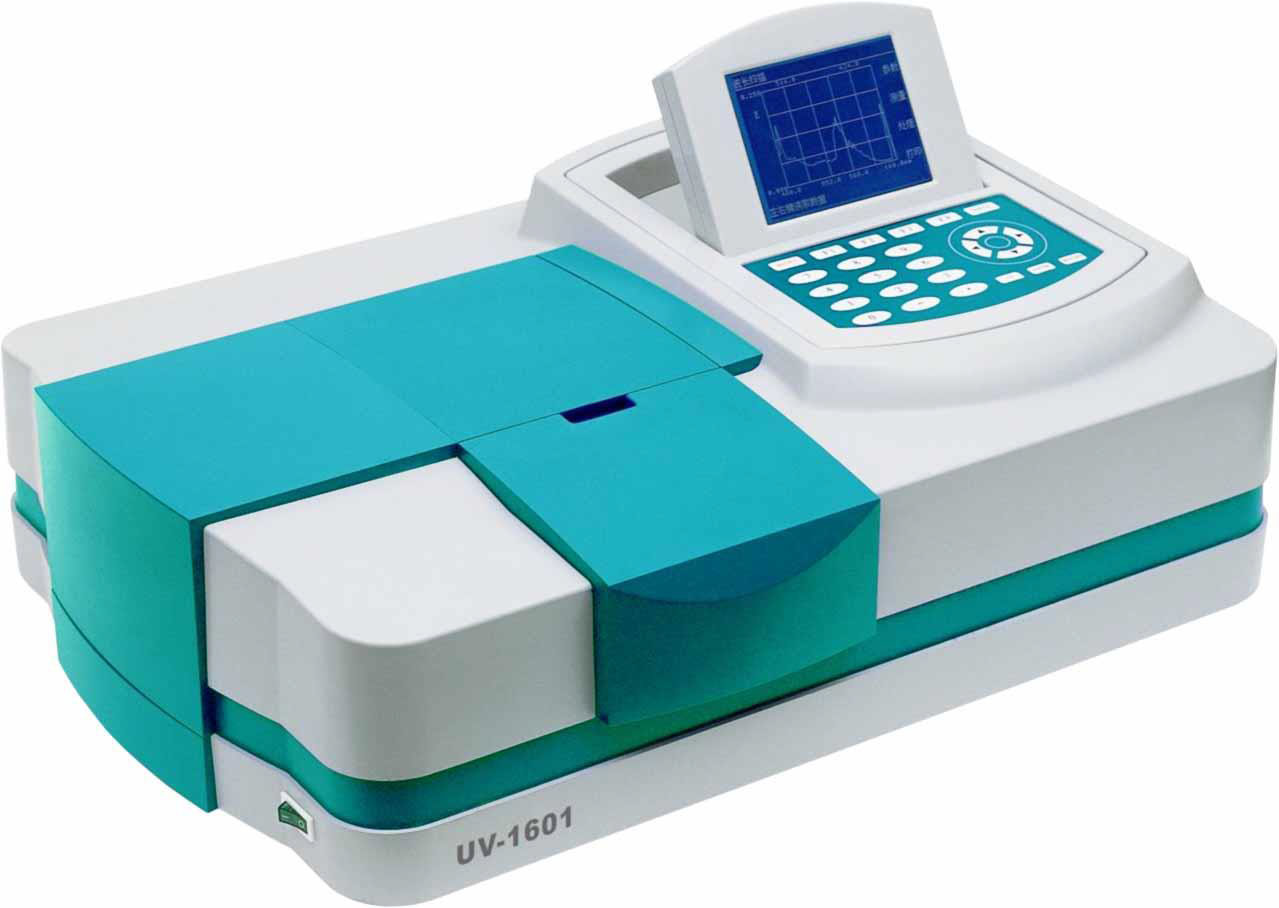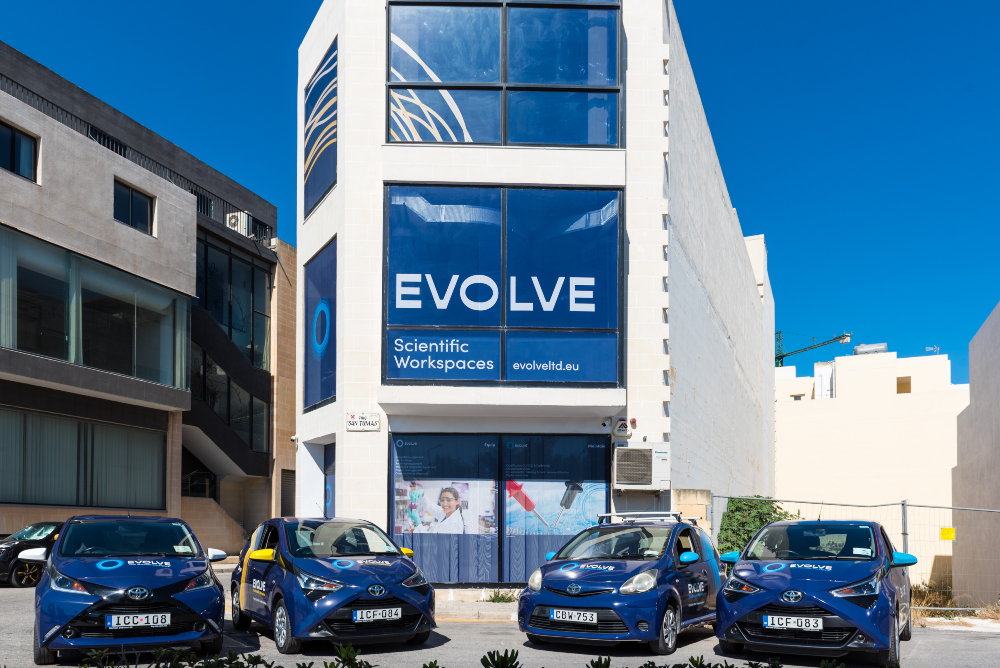Measuring light absorbance across various ranges of the electromagnetic spectrum requires the right equipment, including UV Spectrometers.
Evolve supplies this kind of kit in many laboratories for many everyday applications. UV spectrometers are just one type of spectrometer which is used by scientists and experts to measure wavelengths and radiation. There are many other types of spectrometers, such as a spectrophotometer or a mass spectrometer.
Here’s the Evolve guide to everything you need to know about UV spectrometers.
What Is a Spectrometer?
A spectrometer is any piece of equipment that can be used to measure variations in physical characteristics on a given range, for example, the electromagnetic spectrum. UV spectrometers are the most commonly used type and are also referred to as optical spectrometers. They work to measure changes in the emission and absorption of light with wavelengths. Electromagnetic radiation, or light, can be absorbed by, reflected off, or transmitted through various objects, and UV spectrometers measure the changes that occur during these interactions.
How Does a Spectrometer Work?
An optical spectrometer works to measure the interactions or emissions between electromagnetic radiation and a sample. Also known as a light spectrometer, this kind of equipment looks at the electromagnetic radiation which falls into the optical regions of the spectrum. The electromagnetic spectrum includes ultraviolet, visible, and infrared light waves.
For a light spectrometer to gain the most information about the emission or interaction, it must measure as a function of wavelength. The common feature for UV spectrometers is a mechanism designed for a selection of wavelengths. Some simple spectrometers use optical filters in order to isolate a specific wavelength. For a more accurate selection of light wavelengths, high-end spectrometers have a dispersive element which separates light waves into the relevant wavelengths. All modern pieces of kit use a diffraction grating for this dispersive element. These use destructive and constructive interferences to separate polychromatic light.
Diffraction gratings are the key part of a monochromator. A monochromator works to select particular wavelengths from a polychromatic light source. With a monochromator, the diffraction grating rotates to adapt the wavelength which is aligned and passing through an exit slit. All spectrophotometers feature monochromators allowing users to select a specific wavelength.

Types of UV Spectrometer
UV spectrometers comes in various types, and it is important to understand the differences:
Spectrophotometer
A spectrophotometer is also called a UV-Vis Spectrometer. This term actually refers to many devices which can measure light, but generally it is a term used for a spectrometer that measures light absorption by a sample. They use a white light source and a monochromator which works to select the wavelength of the light to reach the sample. This light is transmitted to the sample and monitored using a detector.
Spectrofluorometer
Another type of optical spectrometer is a spectrofluorometer. This equipment measures the fluorescence emissions from a specific sample. They are benchtop devices, similar to a spectrophotometer, but with advanced functionality. Just like a spectrophotometer, these instruments have a white light source and monochromator. The sample is then illuminated by the wavelength from the exit slit, causing it to fluoresce. This emission from the fluorescence then goes to another monochromator and then a photomultiplier tube.
Raman Spectrometer
These work to measure the Raman scattering of light. They work similarly to a spectrofluorometer, but with some key changes. Instead of a white light, they use a laser and there is no monochromator. This is because Raman spectrometer creates a light scatter from the sample instead of light being absorbed. The laser light scatters off the sample and is passed to a filter. The Raman scattered light then goes to a spectrograph and is then captured by a CCD detector.
What Are The Parts Of A Spectrometer?
UV spectrometers are made up of our various components, but the most critical parts of this equipment are:
- The Light Source: All types of spectrometers must have a light source of some kind. Light sources come in many different types, but usually they are a deuterium arc lamp, tungsten halogen lamp, or Xenon arc lamp.
- The Light Transfer: For most spectrometers, the light transfer system is the diffraction grating. Without this, you will not receive any readings on your spectrometer.
- The Sample: Where the sample is poured inside cuvettes made of either glass or quartz, manufactured at different sizes. Spectrophotometers measure the light lost between the light source and the detector. Since light is scattered inside the chamber not all is absorbed, a blank cuvette is ran before the sample and in parallel so as to save the blank value as the absolute value. Once, the sample is ran, it will automatically account for the light that was lost inside the blank, measuring only what is present inside the sample.
- The Detectors: After the wavelengths have passed through the sample, they will go to the detectors. This is where the light intensity is detected and measured.
- The Read Out System:Finally there is the read out system, which is essentially the computer within the spectrometer. It collects all the data from the detectors and converts it into measurements.
For more information on UV Spectrometers and assistance finding the right solution for your lab, contact our expert team at Evolve.
Evolve offers you the right solution for every need. If you have any question or need individual advice do not hesitate to contact our dedicated service team. Call +356 2248 9900 or email us at info@evolveltd.eu. You’ll be glad you did.
You might also be interested in
Industry insights, innovative ideas and exciting announcements from Evolve
Scientific solutions for your next project
At Evolve, we’ve been supplying lab equipment, scientific products and supplies for hospitals, schools, clinics, coal mines, oil companies and other international customers for decades. We consider it our job to do far more than just take your order, we’re here to help you. We listen, advise and solve problems.
Knowing that your time is precious, we also work fast – often being the only scientific supplier who can deliver what you need, when you need it.
At Evolve, we pride ourselves on the relationships we nurture and the consistent results we deliver. To find out how we can save you time and give you one less thing to worry about, visit our Support Centre page.


